Audi Q3 Estate (2011-2018) interior, tech and comfort
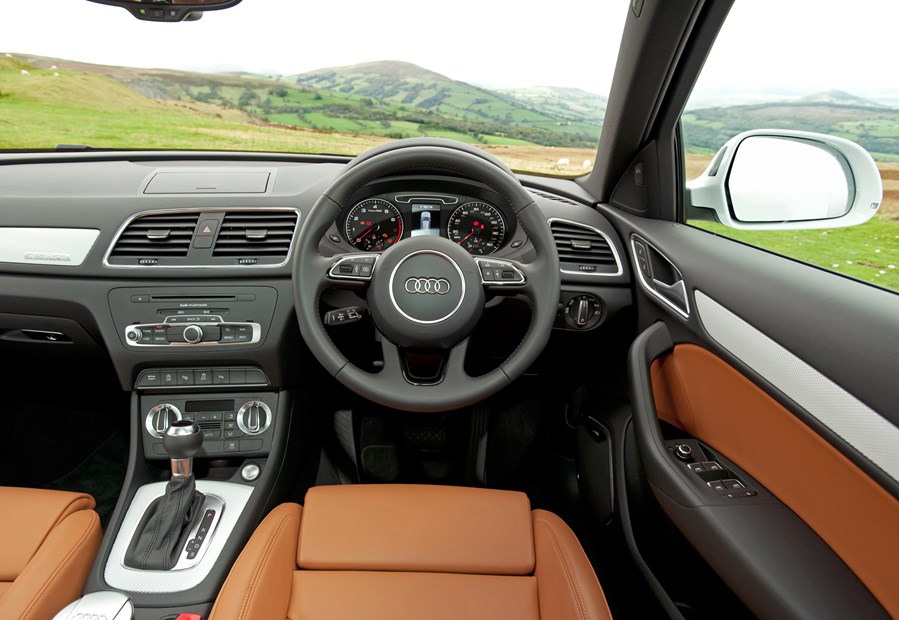
- Typical high-quality build from Audi
- Design looks a little dated now
- Easy to get comfortable behind the wheel
As the Q3 was introduced in 2011, it now feels dated not only compared with its closest rivals, but also in the context of the wider Audi range.
There’s no arguing with the quality of the materials used, though. The cabin is lined with high quality materials and the switches all have a premium feel when you use them.
Much of the interior shares cues with the smaller A1 hatchback, but still comes with plenty of neat touches such as ambient lighting and knurled metal details to some of the switches.
However, while the seats offer plenty of adjustment to get comfy behind the wheel, there’s not quite enough adjustment in the steering wheel. Smaller drivers may find they’re reach too far up for the wheel if the seat is in a lower position too. It shouldn’t be too much of an issue for most though.

The raised driving position gives a good view of the road ahead, but cars with tinted windows and dark interior headlining can make visibility a little trickier when looking out the back.
The Q3 also uses Audi’s older version of its MMI infotainment system, controlled via a selection of buttons on the dashboard, rather than in between the front seats by the gearlever. A pop-up screen on the dashboard is easy to read and the whole system is user-friendly, however it feels dated compared with newer systems from BMW, and even Audi itself.
- Adjustable, comfortable seats
- Plenty of space up front
- Ride can be jittery on big wheels
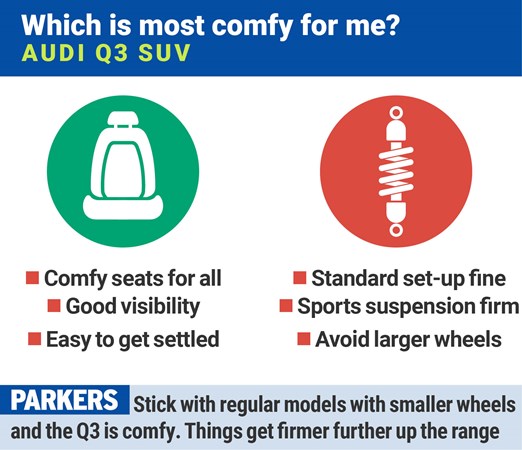
The Q3 is a comfortable car to spend time in, more so than you might expect. There is very little engine noise in the cabin, while wind and road noise are very well suppressed, as long as you spec it with smaller wheels and tyres.
On the standard 17-inch alloys the ride feels nice and smooth, although switching the car to Dynamic mode via Audi Drive Select means things get a little stiffer and could cause some problems on the more undulating UK surfaces.
Switching to an S line with 18-inch alloys makes little difference to the ride, and depending on which drive mode the car is in the ride still feels compliant overall.
The biggest impact on the ride comes from adding optional alloy wheels – on higher-spec cars you’re able to specify wheels up to 20 inches in size. As a result, this has a more significant impact on ride quality, making the Q3 feel much more fidgety and unsettled even on smoother road surfaces. It’s not unbearable, but noticeable compared with examples with higher-profile tyres.
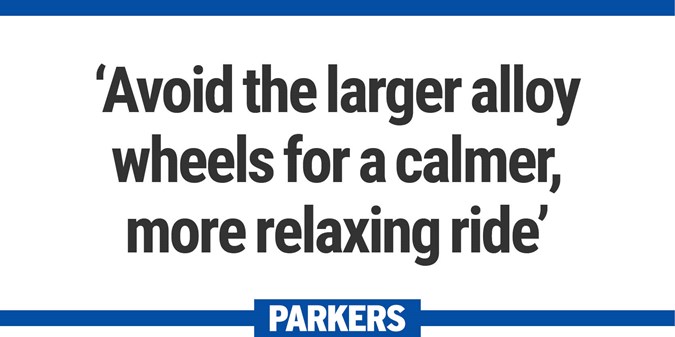
In the front of the car, the seats offer high comfort levels for longer journeys and there’s plenty of directional movement in the seat so that the driver can get settled.
The steering wheel adjusts for rake and reach, however some smaller drivers may find it doesn’t have quite enough adjustment to bring it low enough to be comfortable. For most though, it’s a good set-up.
Things are a bit tight in the rear of the car and any taller passengers that find themselves in the back won’t want to be going on too long a journey.
The middle seat in the back is also best reserved for smaller children as fitting three adults across the rear row will be a little too tight, but at least the seats are angled lower – helping to feel like you’re sitting in the seats and not on them.


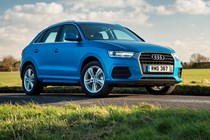
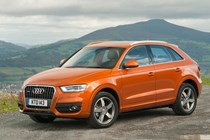
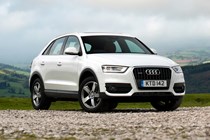
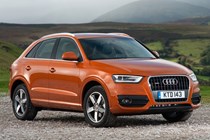
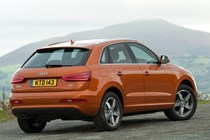
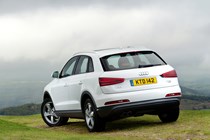
.jpg)
.jpg)
.jpg)
.jpg)
.jpg)
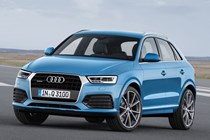
.jpg)
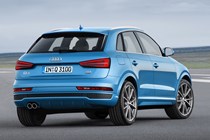
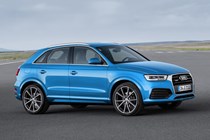
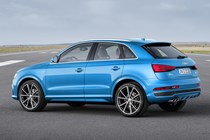
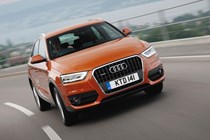

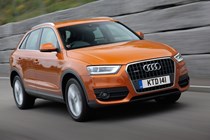

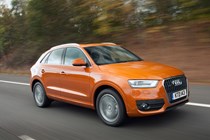
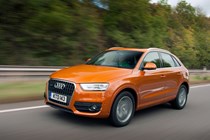
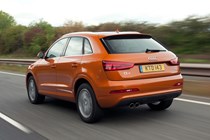
.jpg)
.jpg)
.jpg)
.jpg)
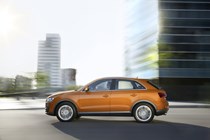
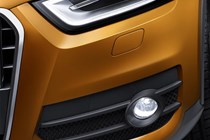

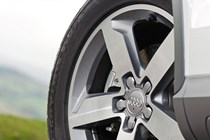
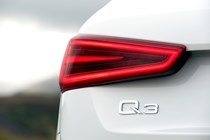
.jpg)
.jpg)
.jpg)
.jpg)
.jpg)
.jpg)
.jpg)
.jpg)
.jpg)
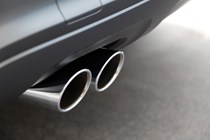
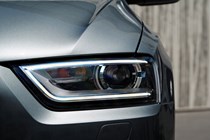
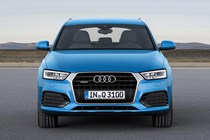



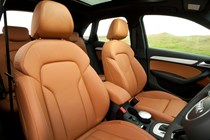
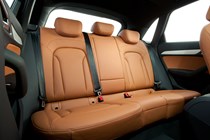
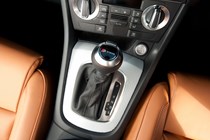
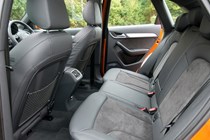
.jpg)
.jpg)
.jpg)
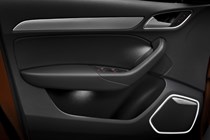
.jpg)

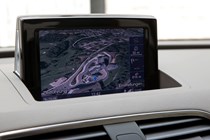
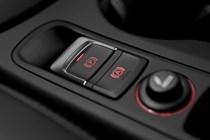
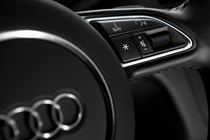
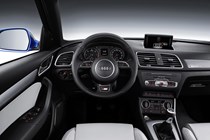

.jpg)
.jpg)
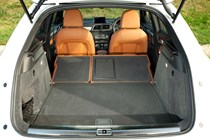
.jpg)
.jpg)



.jpg)
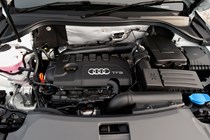
.jpg)
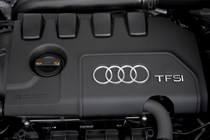







.jpg?quality=50)
.jpg?quality=50)
.jpg?quality=50)
.jpg?quality=50)
.jpg?quality=50)

.jpg?quality=50)










.jpg?quality=50)
.jpg?quality=50)
.jpg?quality=50)
.jpg?quality=50)





.jpg?quality=50)
.jpg?quality=50)
.jpg?quality=50)
.jpg?quality=50)
.jpg?quality=50)
.jpg?quality=50)
.jpg?quality=50)
.jpg?quality=50)
.jpg?quality=50)










.jpg?quality=50)
.jpg?quality=50)
.jpg?quality=50)

.jpg?quality=50)






.jpg?quality=50)
.jpg?quality=50)

.jpg?quality=50)
.jpg?quality=50)



.jpg?quality=50)

.jpg?quality=50)

